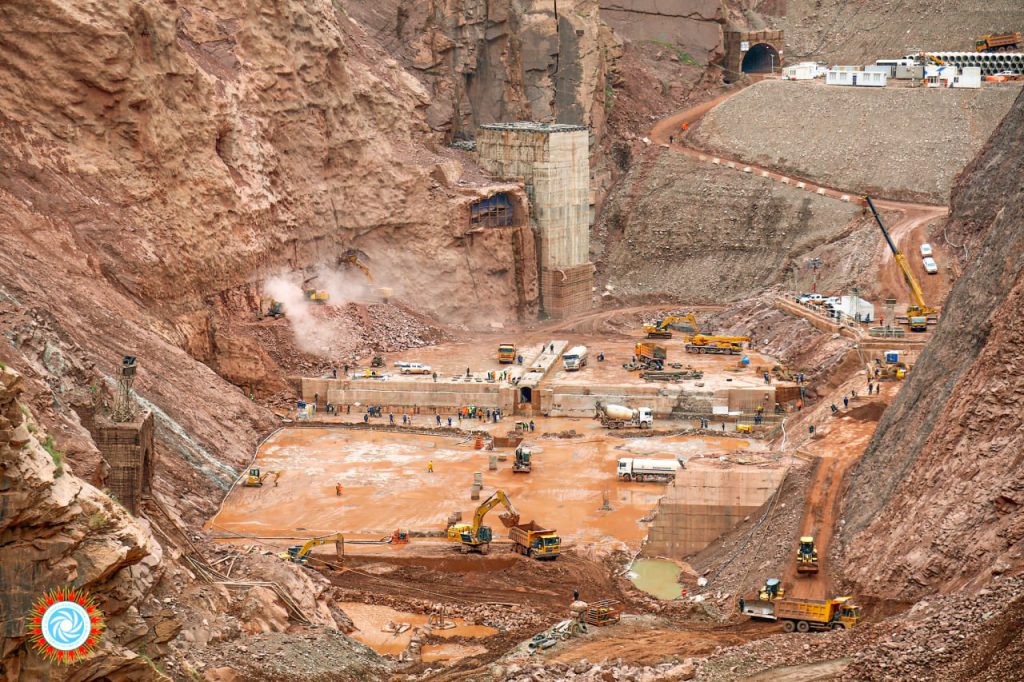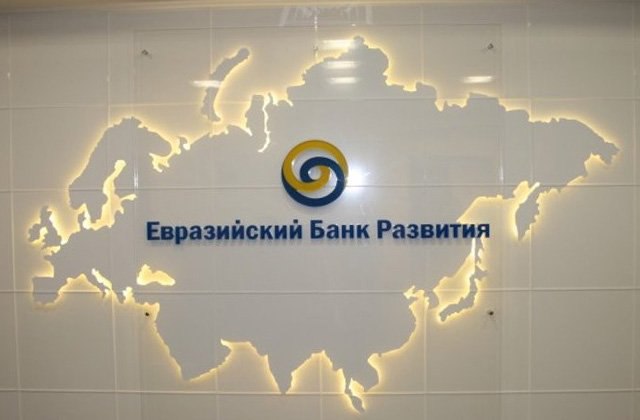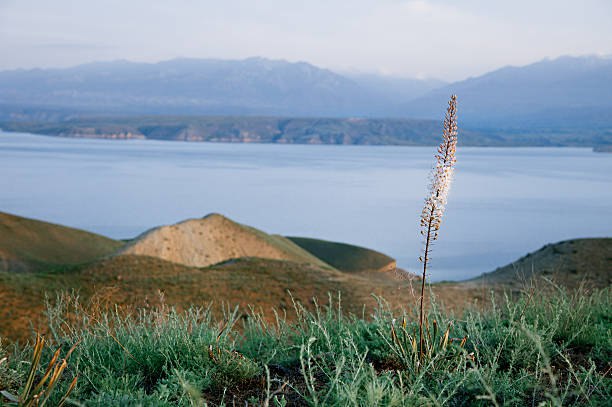DUSHANBE (TCA) — On November 16, Tajikistan President Emomali Rahmon set the first turbine of the Rogun hydroelectric dam in motion at a ceremony attended by thousands to mark the latest milestone in this ambitious $3.9-billion project involving Italian company Salini Impregilo to double the country’s energy production.
Rahmon pressed a red button to switch on the plant’s first of six planned turbines.
President Rahmon watched as the rotor of Unit 6 came to life in the dam’s power house in the presence of government officials and foreign dignitaries, including World Bank Vice President, Europe and Central Asia Cyril Muller, Italian Undersecretary of Foreign Affairs Manlio Di Stefano and Salini Impregilo Chief Executive Pietro Salini.
Unit 6 is the first of six turbines being installed at the dam. With each having a capacity of 600 megawatts (MW), the total installed capacity will eventually be 3,600 MW, equal to three nuclear power plants. This huge capacity will make Rogun the most powerful hydroelectric dam in Central Asia.
A second turbine is expected to start producing electricity in 2019 in what is called early generation: putting into operation part of the dam before it is completed, Salini Impregilo said in a press release. The early start of the turbines will allow Tajikistan to cope with internal demand for electricity, especially during the winter months when thousands of families are in need light and heat. It will also be able to raise money from the sale of part of the electricity produced to neighbouring countries.
Commissioned by OJSC Rogun Hydropower Project, the state-run company that is coordinating the project, the rockfill dam with a loam core is being built by Salini Impregilo to become the tallest dam in the world at 335 metres. Salini Impregilo is doing the main civil works and related services. With the dam crest at an elevation of 1,300 meters above the sea level, Rogun will also become the world’s highest dam, breaking the record held by the Nurek Dam, also in Tajikistan.
Located in the upper reaches of the Vakhsh River in the Pamir Mountains, Rogun is about 90 kilometres from Dushanbe, the capital of Tajikistan.
Dushanbe hopes the $3.9 billion project built on the Vakhsh river will not only make the country energy self-sufficient, but plans to export some of its output to Afghanistan, Pakistan, and Uzbekistan, RFE/RL’s Tajik Service reported.
The project was launched in the late 1970s but halted after the Soviet Union’s collapse in 1991.
Construction restarted in late October 2016, less than two months after the announced death of Islam Karimov, the long-term president of neighboring Uzbekistan. Karimov opposed the project, saying the dam would reduce water flows to Uzbekistan’s cotton fields.
Last year, Tajikistan raised $500 million from an inaugural international bond offering to help finance the construction, which is being carried out by an Italian company, Salini Impregilo.
Dushanbe hopes to generate money to finance further construction at the plant after its starts producing energy.







